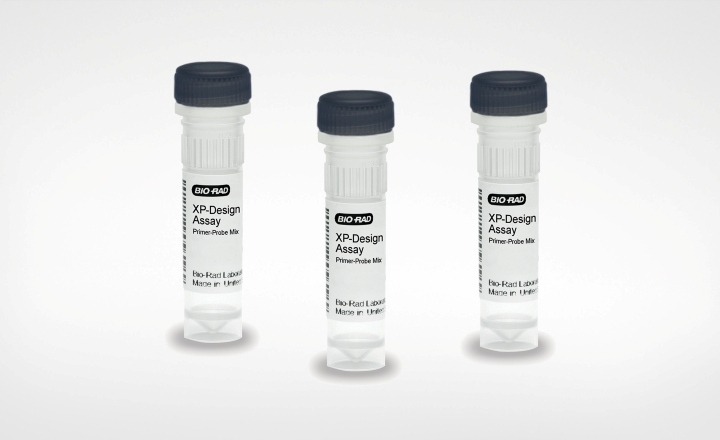BD Diagnostics have announced the availability of the FDA-cleared BD MAX™ Enteric Bacterial Panel for use on the BD MAX System. The BD MAX Enteric Bacterial Panel is a qualitative IVD test detecting DNA from Campylobacter spp. (jejuni and coli), Salmonella spp., Shigella spp. / Enteroinvasive E. coli (EIEC), Shiga toxin (stx1)/ Shiga toxin (stx2) genes (found in Shiga toxin-producing E. coli [STEC]) as well as Shigella dysenteriae, which can possess a Shiga toxin gene (stx) that is identical to the stx1 gene of STEC. These pathogens are responsible for up to 95% of the bacteria causing gastroenteritis, accounting for millions of deaths annually.
The BD MAX Enteric Bacterial Panel is designed to detect bacterial pathogens in line with widely recommended clinical algorithms for testing. These algorithms utilize patient history and clinical presentation in selecting diagnostic tests.[ii] The use of focused panels enables the implementation of enteric molecular testing in a cost effective manner. Additionally, the use of the BD MAX Enteric Bacterial Panel allows laboratories to implement CDC recommended and Joint Commission required STEC screening. Specimen types include unpreserved and Cary-Blair preserved stool specimens from symptomatic patients with suspected acute gastroenteritis, enteritis or colitis, adding to the flexibility of use for the laboratory. The assay was CE-marked in March 2013 and has demonstrated excellent performance in Europe.
“The BD MAX Enteric Bacterial Panel will provide clinicians with fast, accurate results that will enable more rapid diagnosis compared with conventional culture methods and will help improve standard of care and clinical efficiencies,” said Doug White, Vice President and General Manager, Molecular Diagnostics & Women’s Health, BD Diagnostics. “The BD MAX Enteric Bacterial Panel is the first FDA-cleared assay in the BD MAX Enteric portfolio and we plan to add additional panels that include viral, parasite and extended bacterial detection.”
Recently, the BD MAX Enteric Parasite Panel* has been CE marked for the qualitative detection of the parasitic enteric pathogens Giardia lamblia,Cryptosporidium spp. ( C. hominis and C. parvum), and Entamoeba histolytica directly from stool specimens.
Infectious gastroenteritis accounts for approximately 1.7 billion cases of diarrhea globally and more than 2 million deaths annually. [v] These infections may be caused by viruses, bacteria or parasites and often take two to four days or more to identify in the clinical laboratory using conventional methods. In the laboratory a high level of expertise and labor are associated with traditional stool culture. Multiple methods, materials and environments are required to detect the pathogens included in the BD MAX Enteric Bacterial Panel. Using the BD MAX Enteric Bacterial panel can result in the reduction of labor and 60% of material and environments typically required for stool cultures. Additionally, results are available in approximately 3 hours with minimal technologist intervention. The improved availability of results may positively impact the clinical management of these patients.
“The traditional use of bacterial cultures and immunoassays for processing stool specimens is time-consuming, labor intensive and technically subjective,” said Patrick Murray, Ph.D. WW Director, Scientific Affairs, BD Diagnostics. “Use of the BD MAX Enteric Bacterial Panel is a cost-effective approach to improve workflow for the laboratory and provide rapid, accurate results for physicians.”
The BD MAX System offers a highly efficient path to improved clinical outcomes through flexible molecular solutions. The BD MAX System automates sample preparation, extraction, amplification and detection on a single system, saving time and improving lab efficiency. Molecular testing on the BD MAX System is simplified and standardized, minimizing variability in results.























